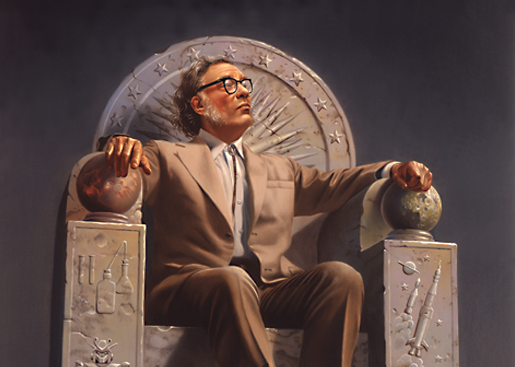Every musical era has its cautionary tales, and its visionaries. The sixties produced its share of them all, but also a handful of brilliant misfits who were inseparably both, all of them psychedelic pioneers. Skip Spence, for example—the brilliant founding member of Jefferson Airplane, then Moby Grape, who effectively ended his career attacking his bandmates with a fire axe. Then of course, there’s the founding singer/songwriter of Pink Floyd, Syd Barrett, whose decline found him onstage, almost catatonic, with a can of Brylcreem and a crushed bottle of pills called Mandrax dripping down his face. When Barrett passed away in 2006, most of the reaction—after the shock of learning he’d still been alive—centered on the sequence of psychotic breakdowns during 1967 that would leave Barrett changed forever. Spence and several other, more obscure figures, had similarly dramatic, and permanent, shifts in consciousness, and of all of them the same question gets asked: was it the drugs?
Of course we’re asking if the drugs created the mental illnesses or just exacerbated the inevitable, but we’re also asking if the drugs created the music. It’s a worthwhile, if somewhat uncomfortable, inquiry that’s probably impossible to answer. But I must admit, it’s difficult to imagine the first incarnation of Pink Floyd without Barrett’s heavy experimentation. The short film above implies a direct connection and takes us to Syd’s psychedelic inception. Simply titled Syd Barrett’s First Trip, the first part of the film, “Gog Magog Hills,” follows a clean-cut Barrett and several companions as they frolic in a field on LSD. As you probably gathered, it’s his first time. Then the film cuts abruptly to “Abbey Road Studios,” to footage documenting Pink Floyd in London after having just signed their first contract with EMI in 1967. It’s the beginning of the end for Barrett’s career and mental health, but the inauguration of the band as mass-market phenomenon.
According to the filmmaker, Nigel Lesmoir-Gordon, the film “just happened…. It is an unselfconscious film. It was not planned.” Of the ’66 footage, shot by his wife Jenny, he writes on the film’s IMDB page:
I shared the flat with some close friends from Cambridge, including Syd Barrett, who was busy becoming a rock star with Pink Floyd. A few hundred yards down the street at 101 Cromwell Road, our preternaturally cool friend Nigel was running the hipster equivalent of an arty salon. Between our place and his, there passed the cream of London alternative society–poets, painters, film-makers, charlatans, activists, bores and self-styled visionaries.
These are the characters in Syd’s entourage in this “raw, unedited footage,” which was originally silent, though many people have added music such as the new age‑y ambient soundscape in the version above. I happen to think it’s a nice complement, but if you find it intrusive, turn the volume off. The images, as the filmmaker admits, are still “stunning.”
Josh Jones is a writer and musician based in Durham, NC. Follow him at @jdmagness
Related Content:
Psychedelic Scenes of Pink Floyd’s Early Days with Syd Barrett, 1967
Artist Draws Nine Portraits on LSD During 1950s Research Experiment
Aldous Huxley’s LSD Death Trip





